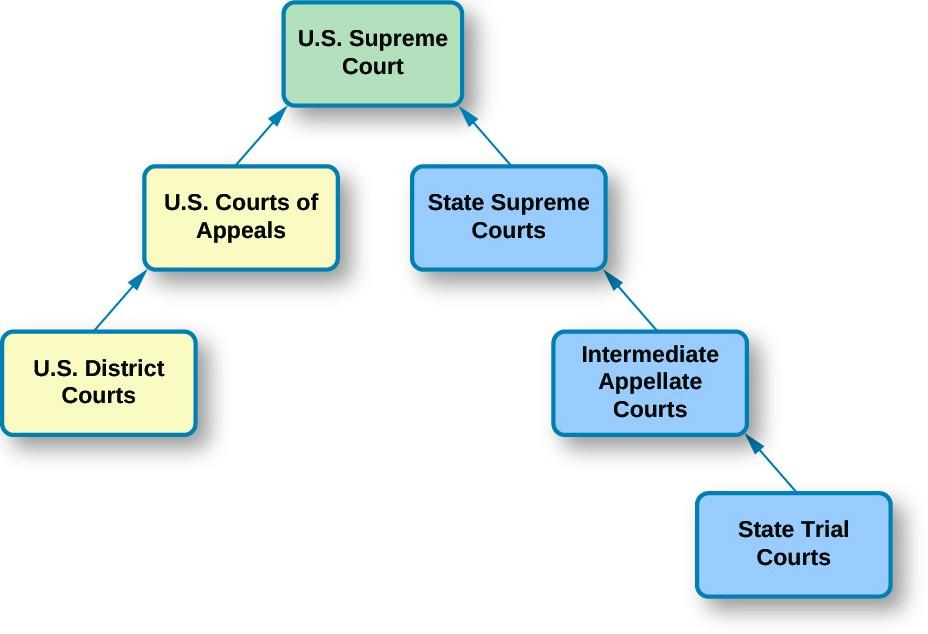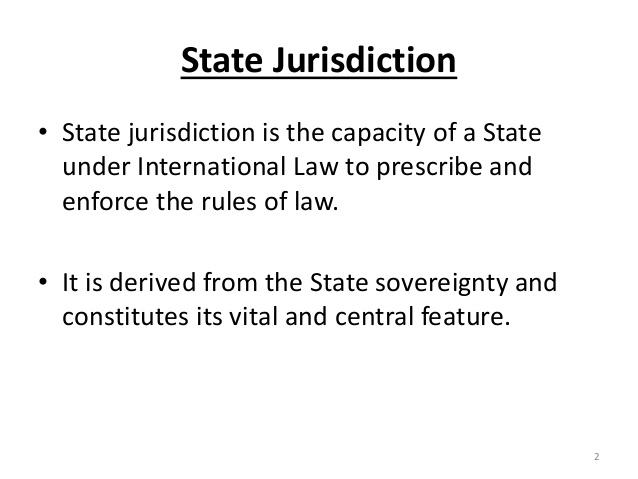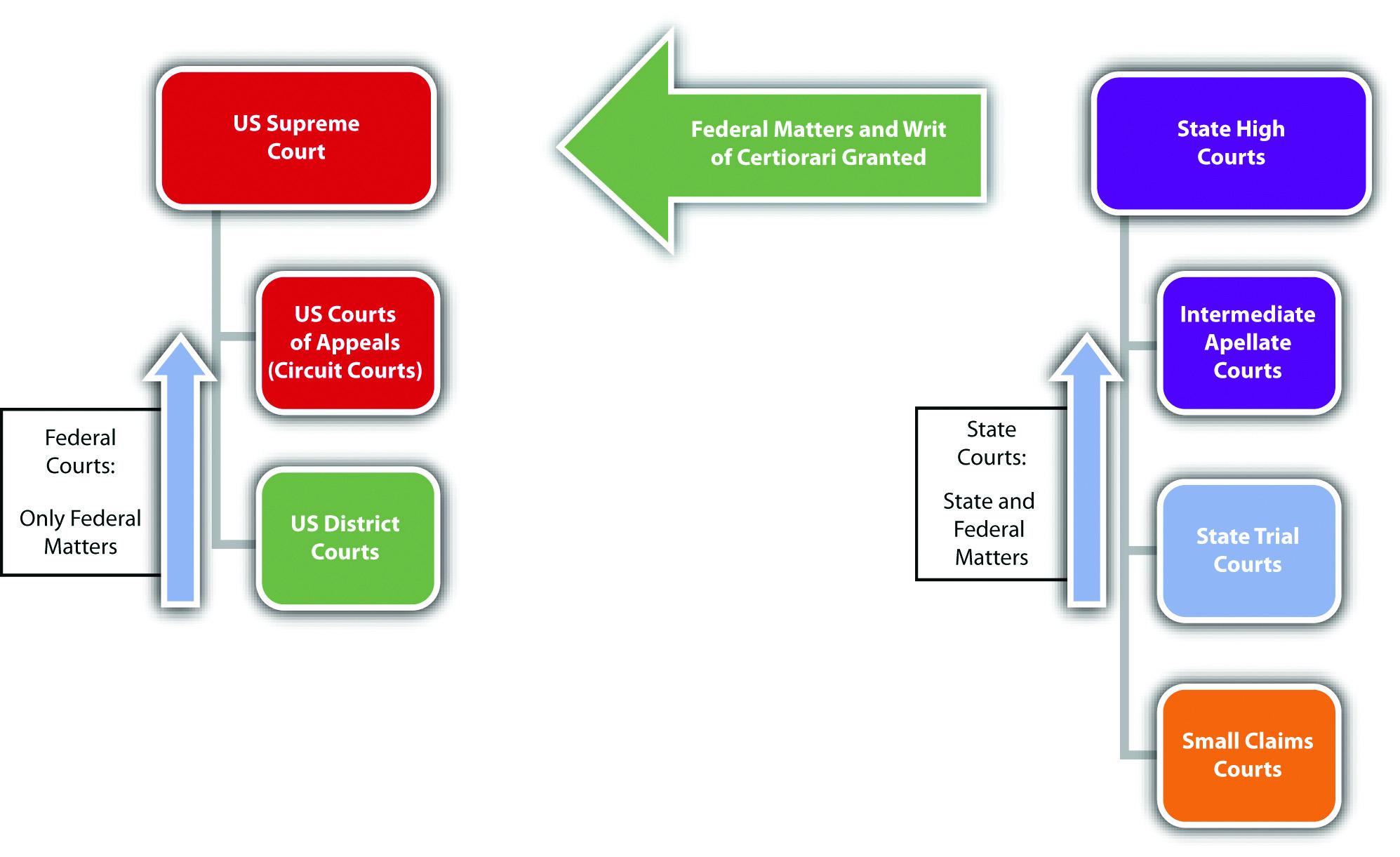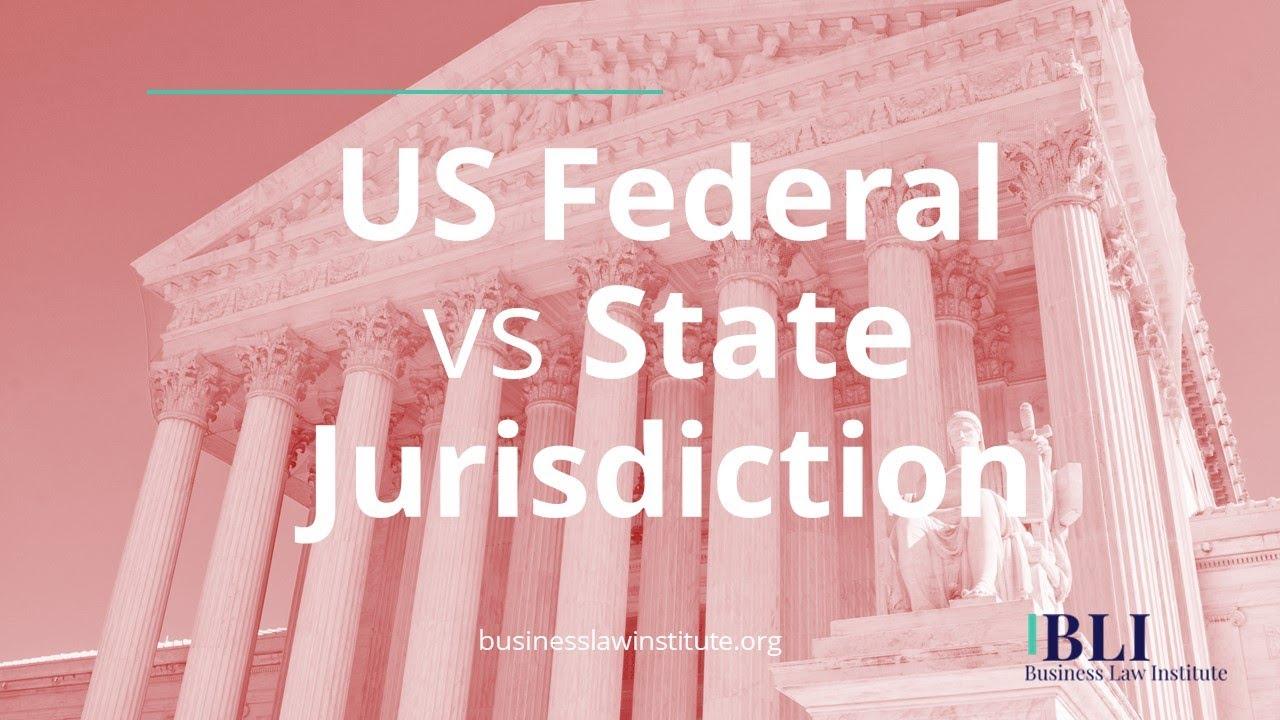In the intricate tapestry of American governance, the question of authority often resembles a chess match between two formidable players: the states and the federal government. Each side wields its own power, guided by the Constitution yet constantly negotiating boundaries that can blur and shift. Who truly holds sway when it comes to lawmaking, enforcement, and justice? Is it the sprawling reach of federal jurisdiction, or the localized, nuanced control of state governments? This article embarks on a journey through the maze of legal principles, historical battles, and landmark cases to unravel the complex dance of state versus federal jurisdiction-and ultimately, to discover who really rules in the balance of power.
Understanding the Foundations of State and Federal Power
At the heart of the ongoing debate between state and federal authority lies a complex balance established by the U.S. Constitution. This balance was designed to ensure that neither level of government holds unchecked power, fostering a system where both coexist with distinct but sometimes overlapping responsibilities. The Tenth Amendment plays a pivotal role here, reserving to the states all powers not expressly delegated to the federal government, highlighting the importance of local governance in everyday life.
Understanding this framework requires recognizing key areas where state and federal powers diverge and intertwine. For example, federal power predominates in matters like national defense, interstate commerce, and foreign policy. Conversely, states retain significant control over education, local law enforcement, and intrastate commerce. However, when conflicts arise, the Supremacy Clause of the Constitution establishes that federal laws generally take precedence over state laws.
- Exclusive Federal Powers: Coining money, regulating immigration, declaring war
- Exclusive State Powers: Marriage laws, licensing professionals, managing public health
- Concurrent Powers: Taxation, road building, law enforcement
| Power Type | Example | Governing Body |
|---|---|---|
| Exclusive Federal | Regulate interstate commerce | Federal Government |
| Exclusive State | Establish local courts | State Governments |
| Concurrent | Collect taxes | Both State and Federal |

Key Areas Where State and Federal Jurisdiction Intersect
In the complex dance of governance, certain territories see the footsteps of both state and federal authority intertwining, making it essential to understand where their powers overlap. These intersections often arise in areas where the law must balance local interests with national priorities, resulting in a dynamic tug-of-war that shapes daily life.
Criminal law is a prime example. While states typically handle the prosecution of most crimes, federal jurisdiction kicks in for offenses that cross state lines or involve federal statutes, such as drug trafficking or cybercrimes. This shared space ensures that neither local nuances nor national concerns get overlooked.
Another hotspot is environmental regulation. States implement their own standards to protect natural resources, but federal laws like the Clean Air Act and Clean Water Act set nationwide baselines. Here, cooperation is key, with federal agencies often stepping in when state measures fall short or when pollution transcends borders.
Consider also civil rights enforcement, where both levels play vital roles. States enact laws to protect citizens, yet federal oversight is crucial to uphold constitutional guarantees, especially in cases of discrimination or voting rights. The interplay between state initiatives and federal mandates creates a layered shield for individual freedoms.
| Area | State Role | Federal Role |
|---|---|---|
| Criminal Law | Prosecution of local crimes | Handling interstate and federal offenses |
| Environmental Regulation | State-specific standards | Nationwide environmental laws |
| Civil Rights | Enacting protective laws | Ensuring constitutional enforcement |
- Education: States manage curriculum and funding, while federal grants and regulations promote equality.
- Transportation: States build roads and manage traffic laws; federal oversight ensures interstate commerce flow.
- Healthcare: State programs address local needs, complemented by federal initiatives like Medicare and Medicaid.
Challenges in Resolving Conflicts Between State and Federal Authority
The intricate dance between state and federal authorities often leads to a complex web of legal disputes and jurisdictional ambiguity. One of the primary hurdles is the lack of clear-cut boundaries in many areas of governance. While the Constitution outlines certain powers for both levels, the evolving nature of societal issues constantly tests these limits, leading to overlapping claims and disagreements.
Another challenge lies in the varying interpretations of constitutional provisions. Courts, especially the Supreme Court, play a crucial role in arbitrating conflicts, but their decisions can be influenced by changing judicial philosophies or political climates. This unpredictability often prolongs resolutions and leaves stakeholders uncertain about the prevailing authority.
Additionally, the practical realities of enforcement complicate matters further. States may resist federal mandates that conflict with local priorities or values, leading to non-compliance or legal pushback. This tension is not just legal but also political, as elected officials balance federal directives with the interests of their constituents.
- Ambiguity in shared powers fuels jurisdictional disputes.
- Judicial interpretations vary with changing court compositions.
- Political and cultural differences influence enforcement and compliance.
| Conflict Type | Example | Resolution Challenge |
|---|---|---|
| Legislative Overlap | Marijuana legalization vs. federal prohibition | Conflicting laws create enforcement dilemmas |
| Regulatory Authority | Environmental regulations vs. state economic interests | Balancing federal standards with local autonomy |
| Judicial Interpretation | Immigration enforcement policies | Varied court rulings affect policy consistency |
Impact of Jurisdictional Boundaries on Everyday Legal Issues
Everyday legal challenges often hinge on a question not immediately visible to most: which jurisdiction holds the power to decide? Whether it’s a dispute over property lines, traffic violations, or even consumer rights, the dividing lines between state and federal jurisdiction can dramatically alter outcomes. State courts typically handle the majority of these cases, given their proximity and tailored understanding of local statutes. Meanwhile, federal courts step in where constitutional issues or interstate matters come into play.
The practical impact of jurisdictional boundaries manifests in several ways, such as:
- Variations in Law Enforcement: State police enforce state laws, while federal agencies have authority over crimes crossing state lines or involving federal statutes.
- Divergent Legal Procedures: Small claims in state courts contrast with the formalities of federal court litigation, affecting case duration and cost.
- Differences in Penalties and Remedies: What might be a minor infraction in one state could carry heavier consequences federally.
Consider the following simplified comparison of how a common legal issue, like a contract dispute, might be treated differently:
| Aspect | State Jurisdiction | Federal Jurisdiction |
|---|---|---|
| Applicable Law | State contract laws | Federal laws if interstate commerce involved |
| Court Process | Less formal, quicker resolution | More formal, longer proceedings |
| Remedies | Damages, specific performance | Potentially broader federal remedies |
Understanding these nuances not only empowers individuals to navigate the legal system more effectively but also highlights the delicate balance of power that shapes justice on both local and national levels.

Strategies for Navigating Complex Jurisdictional Questions
When faced with intricate jurisdictional dilemmas, the first step is to clearly identify the legal boundaries each authority claims. Often, the confusion stems from overlapping powers or ambiguous statutes that leave room for interpretation. Mapping out the specific laws and constitutional provisions relevant to the case can illuminate whether the matter leans more towards state or federal control.
One effective approach involves breaking down the issue into smaller components and analyzing them individually. For example, criminal offenses, civil disputes, and regulatory matters may fall under different jurisdictional umbrellas. By dissecting the case in this manner, it becomes easier to determine which level of government holds the predominant authority.
- Check for Supremacy Clauses: Federal law typically overrides conflicting state laws, but exceptions exist.
- Review Precedent: Past court decisions often guide jurisdictional boundaries and can clarify grey areas.
- Consider Concurrent Jurisdiction: Some cases may be prosecuted or litigated in either state or federal court.
- Consult Experts: Legal scholars or practitioners specialized in constitutional law can provide nuanced insights.
| Jurisdictional Factor | State | Federal |
|---|---|---|
| Scope of Authority | Local laws and public safety | National security and interstate matters |
| Law Enforcement | State police and local agencies | FBI, DEA, and federal marshals |
| Types of Cases | Family, traffic, and property disputes | Immigration, bankruptcy, and federal crimes |
| Legal Framework | State constitutions and statutes | U.S. Constitution and federal statutes |
The Way Forward
In the intricate dance of governance, the lines between state and federal jurisdiction are rarely fixed but constantly shifting, shaped by history, politics, and the evolving needs of society. Neither realm holds absolute dominion; rather, they coexist in a delicate balance, each with its own spheres of influence and responsibilities. Understanding who truly “rules” requires more than choosing sides-it demands an appreciation of a system designed to both unite and diversify, to empower local voices while maintaining national cohesion. As laws change and challenges arise, this dynamic interplay will continue to define the legal landscape of the United States, reminding us that jurisdiction is less about supremacy and more about partnership.

